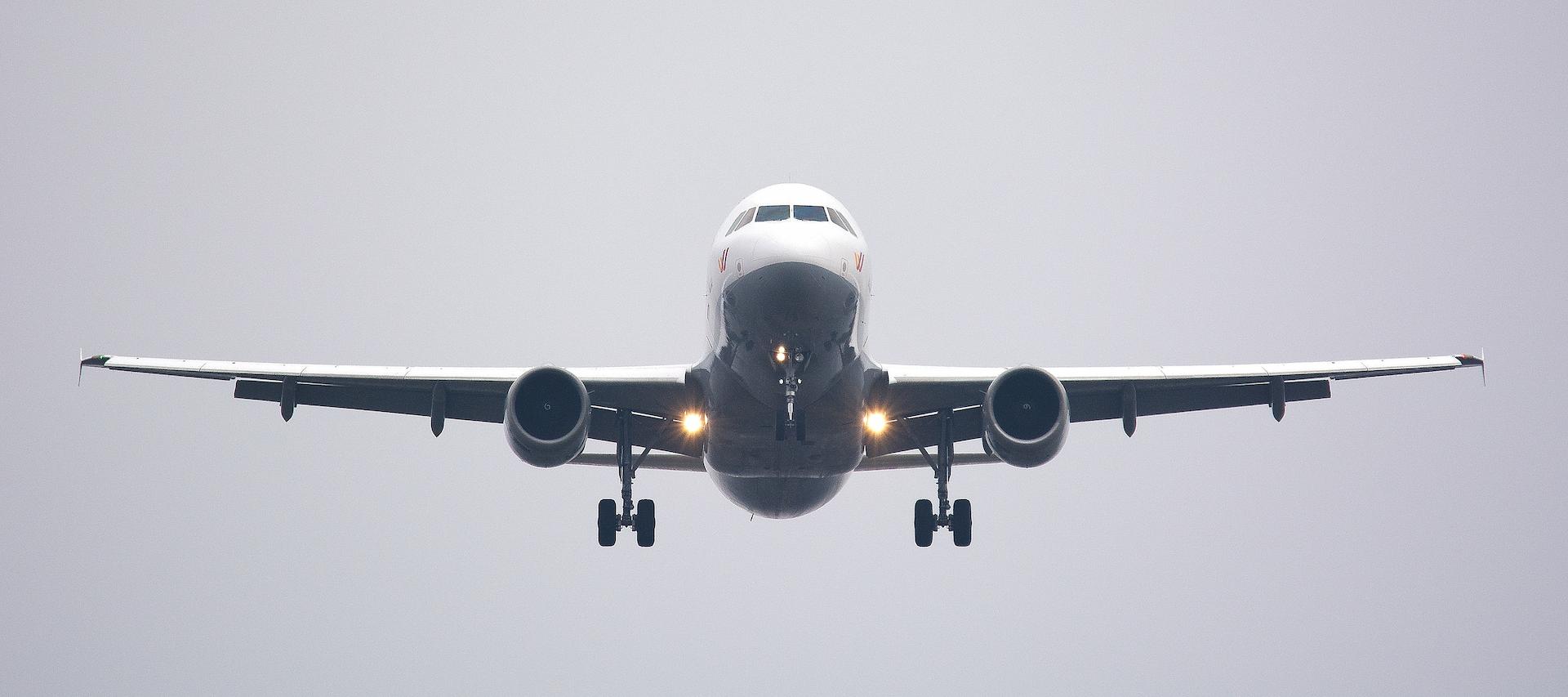Is addressed to:
Operators of Commercial Air transport (CAT Fixed Wing and Rotorcraft)
Briefing:
Recipients must ensure that this notice is communicated to all members of their staff who need to take appropriate action or who may be interested in the contents of the notice.
INTRODUCTION
In the context of improving aviation safety, the Aero Medicine and Medical Affairs Office has prepared relevant information concerning the subject of Lower Back Pain (LBP) in commercial air transport.
Authored by:
Dr. Dimitrios Dovris MD, PhD
Orthopaedic Surgeon
Ph.D. University of Athens
Medical Assessor HCAA
Low Back Pain (LBP) in civil aviation pilots
Low back pain (LBP) is an increasing health problem worldwide.
It is one of the most common health problems in the general population and the leading cause of pain, disability, and absence from work.
Pain that may radiate to the back and lower extremities can usually be due to disc disease and spondyloarthropathy which causes a permanent muscle spasm in an effort of stabilization of the spine.
The majority of affected individuals suffer from pain for which no single pathoanatomical cause can be found.
The causes of back pain could be genetic, hereditary, pathological, working conditions and lifestyle.
One population that is exposed to several individual risk factors is commercial airline pilots.
The frequency of the problem has an increasing trend if one considers the increasing number of flights with the consequently increased flight time of the pilots.
For pilots, there are specific reasons that make them prone to developing back pain.
This includes long hours in the cockpit, ineffective lumbar support and seat padding, poor posture, vibrations during the flight, forces exerted on the back during take-offs and landings as the plane is at an angle, stretching the body to reach the controls and switches while remaining strapped into a fixed seat.
A pilot who has back pain can easily become distracted while controlling an aircraft which could compromise the safety of the flight.
Early intervention is vital and, if back pain is persistent after 3 months, it will become chronic back pain which will make it much more difficult to treat.
Preventing Lower Back Pain
Prevention is better than cure. There are a few things you can do to help alleviate the pain after flights.
- Maintain a weight that is in proportion to height;
- When lifting an object, keep the spine in a vertical position and squat near the object being lifted. Raise the object slowly, using the power of the legs — not the back — to accomplish the task. Before lifting an especially heavy object, stretch and flex the back muscles;
- Keep your buttocks close to the back of your seat and use a pillow or support that matches the lordosis of your lumbar spine. So, when you are sitting only the buttocks and the back touch the seat. Maintaining the lordosis, the lumbar spine is slightly forward from the pelvis and thoracic spine.
- When sitting try to keep the back straight.
- You should be able to easily slide your fingers under the thigh at the front of your seat and a fist between the back of your calf and the front of your seat
- When standing, place the feet as far apart as the shoulders. Periodically shift the weight from one foot to another.
- Use a firm mattress at home. This helps to give support to the back while at sleep
- Sleep on your side, with legs bent, and with a small pillow between the knees
- When leaning forward, lean from the hips, not the waist, and keep the back and neck straight.
If pain is experienced during lifting or some other movement, stop the activity.
If the pain does not seem to go away medical advice is needed.
Once a diagnosis is established and conservative treatment is recommended the next step is to advise a physical therapist about the different exercises that can help you build strong muscular tissue around the lumbar spine.
It should be noted that strength training for a person with low back pain is individualized.
The next step is once someone has gained a certain degree of knowledge in what he is permitted to do during exercise, according to his case, a way of exercise must be adopted.
Focus on the flexibility exercises, these will not only stretch and relax the hardened muscles, but they will also strengthen the muscles to prevent LBP.
Especially, the ones that involve stretching the muscles, like Yoga, Pilates, swimming, and aerobic exercises are considered the most suitable.
Relief from suffering comes quickly but also requires a commitment to regular exercise.
We wish you safe flights!





